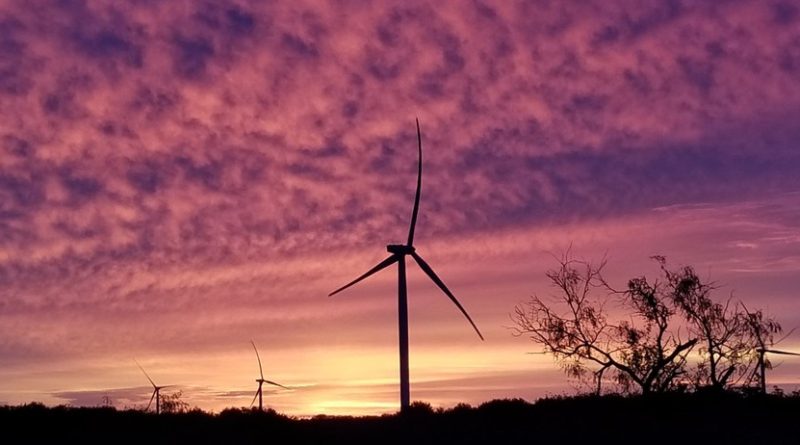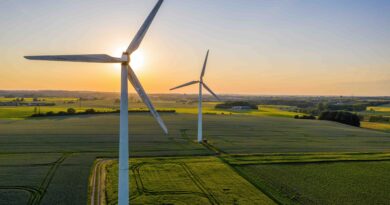Agricultural Land Near Solar and Wind Projects Usually Remained in Agriculture After Development
Between 2012 and 2020, a significant portion of agricultural land in the U.S. was utilized for solar and wind energy projects, yet the majority of this land remained in agricultural use following development. Notably, 43% of solar farms and 56% of wind turbines were installed on previously cropland. Solar projects predominantly impacted cropland in the Midwest and pasture-rangeland in the West, while wind turbines were more evenly distributed between cropland and pasture-rangeland. Despite the extensive land coverage of these renewable energy projects, the direct alteration of agricultural land cover was minimal. Post-installation, only 22% of solar farm sites and less than 1% of wind turbine sites shifted from agriculture.
The data indicates that solar farms and wind turbines largely coexist with ongoing agricultural activities. Although 15% of solar sites that were initially cropland transitioned out of agriculture, the majority of surrounding lands remained agricultural. Wind turbine installations had an even smaller impact, with less than 1% of sites moving away from agricultural use. This suggests that while renewable energy projects do affect land use, their impact on the overall agricultural landscape is relatively limited, supporting the notion that both types of renewable energy infrastructure can be integrated with agricultural practices effectively.


